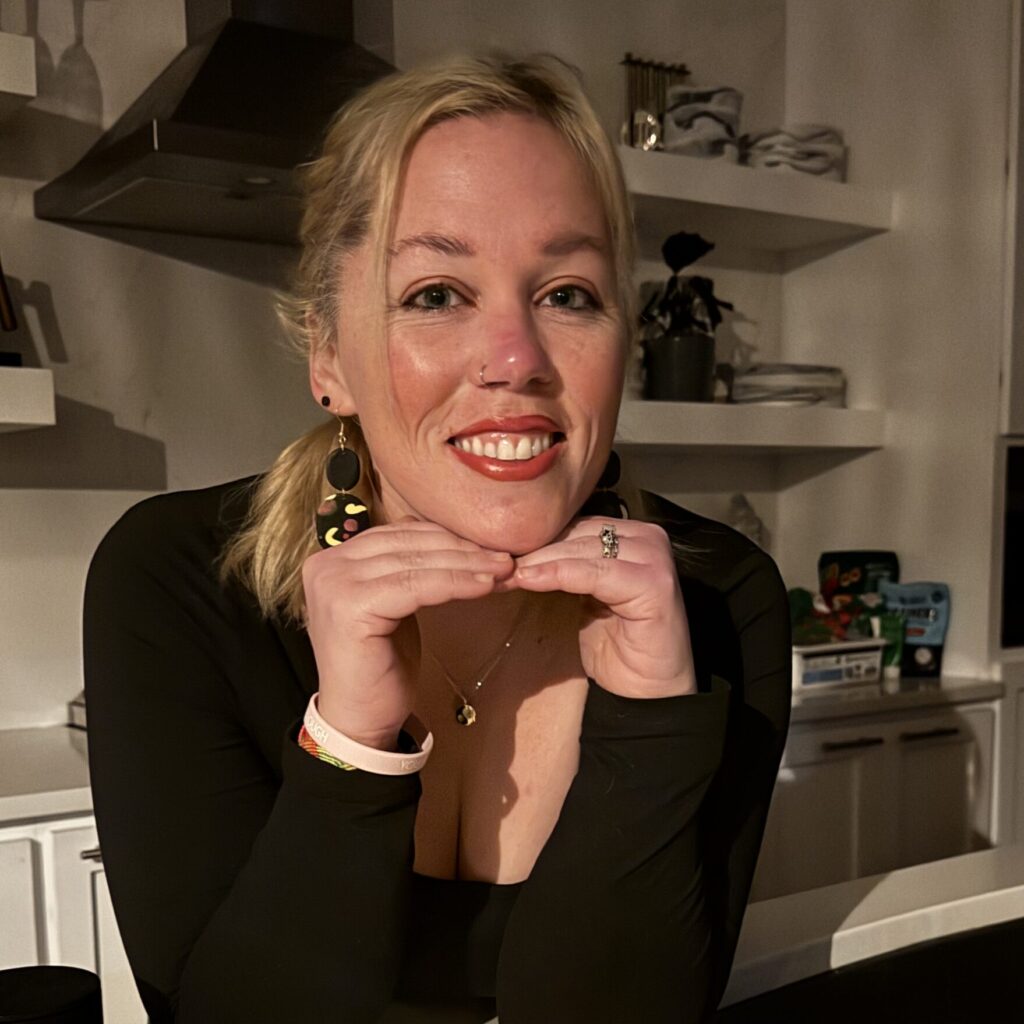Get to Know Caroline: A Colorado Educator Who Loves The Outdoors
Caroline M. is a teacher from Colorado who leads an active life. When she isn’t teaching Spanish at her local high-school you can find her skiing, road trips with her husband, and cheering for her favorite sports teams: the Nuggets and Rapids.
But lurking beneath her busy joyful lifestyle, Caroline was struggling with nearly $37,000 in credit card debt.

“I would tell others with debt they’ve got your back and many people have been in your position. It’ll all work out in the end.”
Debt Amount: $36,895
Started: September 2024
Monthly Savings: $758 (59%)*
How Her Debt Took Root After a Strategic Career Move
Caroline’s debt started to accumulate when she made what she thought would be a smart career move — going back to school for some post-graduate classes so she could eventually earn more as a teacher.
“I got my master’s degree, but was suggested by my colleagues to take post-graduate classes to earn more credit and max out on the pay scale.”
During that time she got in the habit of leaning on credit cards for extras. Then, life shifted dramatically. Her father was diagnosed with terminal cancer and she stepped away from work to care for him. During her time as caretaker, her credit card use escalated.
“Everything was ‘put on the credit card’ and it finally caught up to me.”
When The Financial Stress Became Too Much
After eventually returning to her teaching job, Caroline tried to keep moving forward, but her balances were already too large and financially draining. Her final straw came when her husband’s income declined, and they tried to survive on her teacher’s salary in Colorado, one of the country’s most expensive states.
She was barely able to afford essentials like grocery and gas since most of her money was going toward her debt.
“The debt added so much unwanted stress. Every day I wondered how I’m going to make ends meet to pay for groceries, bills — because everything went toward paying my credit cards.”
The Call That Changed the Conversation
One day, while scrolling Instagram, Caroline saw an ad for Accredited Debt Relief. Curious and in need of help, she made the call.
“The person I spoke with was reassuring, patient, and explained everything without rushing me. It felt like they actually cared about my situation and wanted me to see there was a way forward.”
During that call, her Consolidation Specialist broke down how the program worked, answered all of her questions, and gave her a realistic picture of what life could look like without the constant strain of minimum payments.
Structure, Support and Affordable Payments
Within days, Caroline was enrolled. Instead of juggling multiple payments and rising interest, she made one predictable program payment twice a month — one she could actually afford.
“I just have to pay the amount twice a month and everything else is taken care of. It’s also nice that their team is easy to talk to and always reassuring.”
For the first time in years, she had structure, a plan, and a team on her side to keep her supported and grounded throughout the process.
Why She Says “Reach Out”
Caroline wants others who are struggling to know that taking that first step — making that call — can open doors you didn’t know existed.
“They’ve got your back and many people have been in your position. It’ll all work out in the end.”
Looking Ahead With Confidence
Now, Caroline is focused on the future: more adventures with her husband, more energy for her students, and the relief of knowing her debt is on its way out. With the burden lifting, she’s rediscovering the joy in her everyday moments.
Ready to Take That First Step?
Like Caroline, you might find that a single conversation can change everything. Talk to an Accredited Debt Relief Consolidation Specialist today and learn what your options are for building a more manageable path forward.
About This Testimonial
*Caroline is a real client who was compensated for taking the time to share her experience with us. Clients typically save $480 on their monthly payments. Savings were calculated by subtracting her program payment from her self-reported payments or tradeline minimums on eligible accounts.
